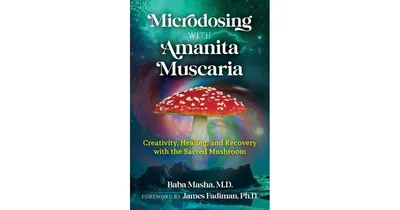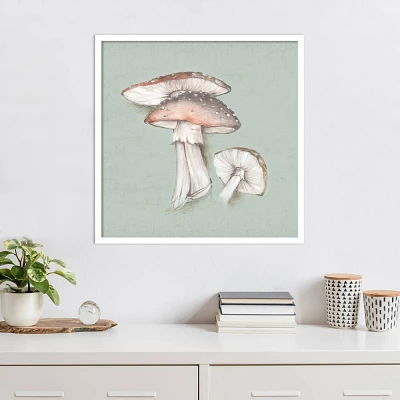Home
The Cyclic Peptide Toxins of Amanita and Other Poisonous Mushrooms
Loading Inventory...
Barnes and Noble
The Cyclic Peptide Toxins of Amanita and Other Poisonous Mushrooms
Current price: $169.99


Barnes and Noble
The Cyclic Peptide Toxins of Amanita and Other Poisonous Mushrooms
Current price: $169.99
Loading Inventory...
Size: OS
*Product Information may vary - to confirm product availability, pricing, and additional information please contact Barnes and Noble
Poisonous mushrooms have fascinated scientists and laypersons alike for thousands of years. Almost all mushroom fatalities are due to the genus
Amanita
, whose poetic common names (death cap, destroying angel) attest to their lethality. In his classic 1986 book, Theodor Wieland covered the state of our knowledge about the chemistry and biochemistry of the toxins of
mushrooms up until that time, with a particular focus on the decades of chemical research by him and the Wieland dynasty (including his father, brother, brother-in-law, and cousin). Wieland’s book is now mainly of historical interest, with its exhaustive overview of the early chemical studies done without benefit of methods taken for granted by modern chemists.
This book is a complete top-to-bottom revision of Wieland’s 1986 book. The material covers history, chemistry, and biology with equal thoroughness. It should be of interest to natural products chemists and biologists, professional and amateur mycologists, and toxicologists.
The three scientific fields that are most relevant to the book are natural products chemistry, mycology, and fungal molecular genetics. Dr. Walton is an expert in all three. To maximize the broad utility and appeal of the book, care has been taken to define all technical terms specific to a particular discipline, so that, for example, mycologists will be able to understand the relevant chemistry, and chemists will be able to understand the relevant fungal biology.
Amanita
, whose poetic common names (death cap, destroying angel) attest to their lethality. In his classic 1986 book, Theodor Wieland covered the state of our knowledge about the chemistry and biochemistry of the toxins of
mushrooms up until that time, with a particular focus on the decades of chemical research by him and the Wieland dynasty (including his father, brother, brother-in-law, and cousin). Wieland’s book is now mainly of historical interest, with its exhaustive overview of the early chemical studies done without benefit of methods taken for granted by modern chemists.
This book is a complete top-to-bottom revision of Wieland’s 1986 book. The material covers history, chemistry, and biology with equal thoroughness. It should be of interest to natural products chemists and biologists, professional and amateur mycologists, and toxicologists.
The three scientific fields that are most relevant to the book are natural products chemistry, mycology, and fungal molecular genetics. Dr. Walton is an expert in all three. To maximize the broad utility and appeal of the book, care has been taken to define all technical terms specific to a particular discipline, so that, for example, mycologists will be able to understand the relevant chemistry, and chemists will be able to understand the relevant fungal biology.


















